
QMotor Mobile App
Find it on the App Store.

DO YOU KNOW THE quattro's STORY?
The Audi Quattro is a road and rally car, produced by the German automobile manufacturer Audi, part of the Volkswagen Group. It was first shown at the 1980 Geneva Motor Show on 3 March.
Production of the original version continued through 1991.
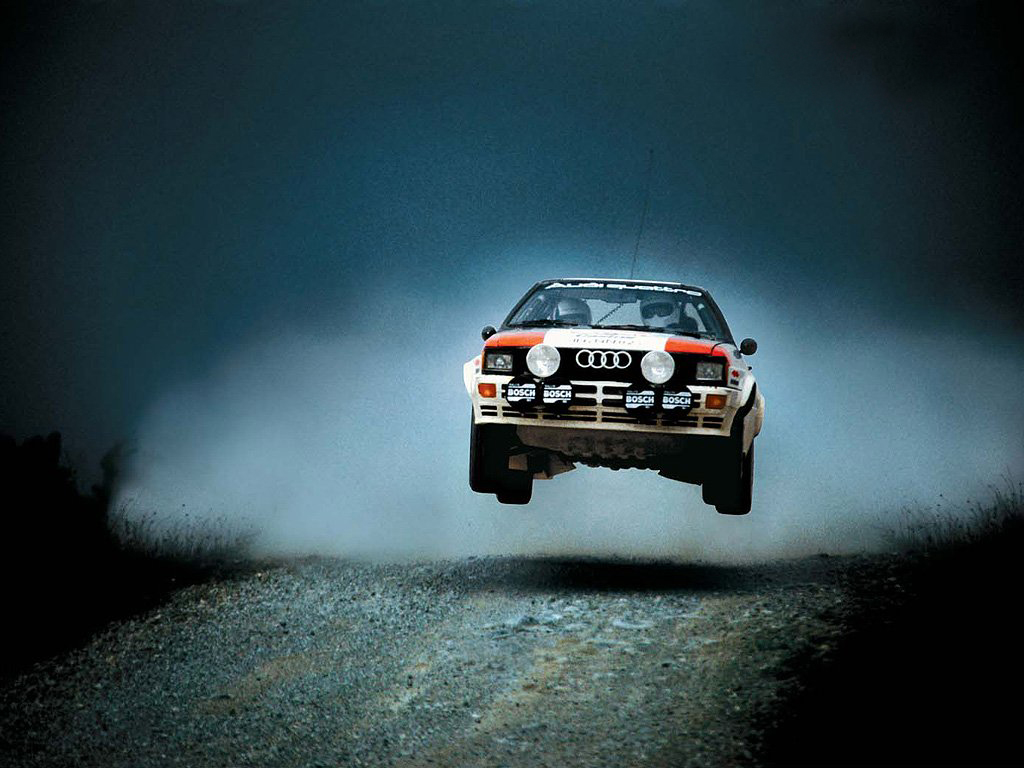
THE BEGINNING:
The word quattro is derived from the Italian word for "four". The name has also been used by Audi to refer to the quattro four-wheel-drive system, or any four-wheel-drive version of an Audi model. The original Quattro model is also commonly referred to as the Ur-Quattro - the "Ur-" (German for "primordial", "original", or "first of its kind") is an augmentative prefix, in this case meaning "original", and is also applied to the first generation Audi S4 and Audi S6 models, as in "Ur-S4" and "Ur-S6".
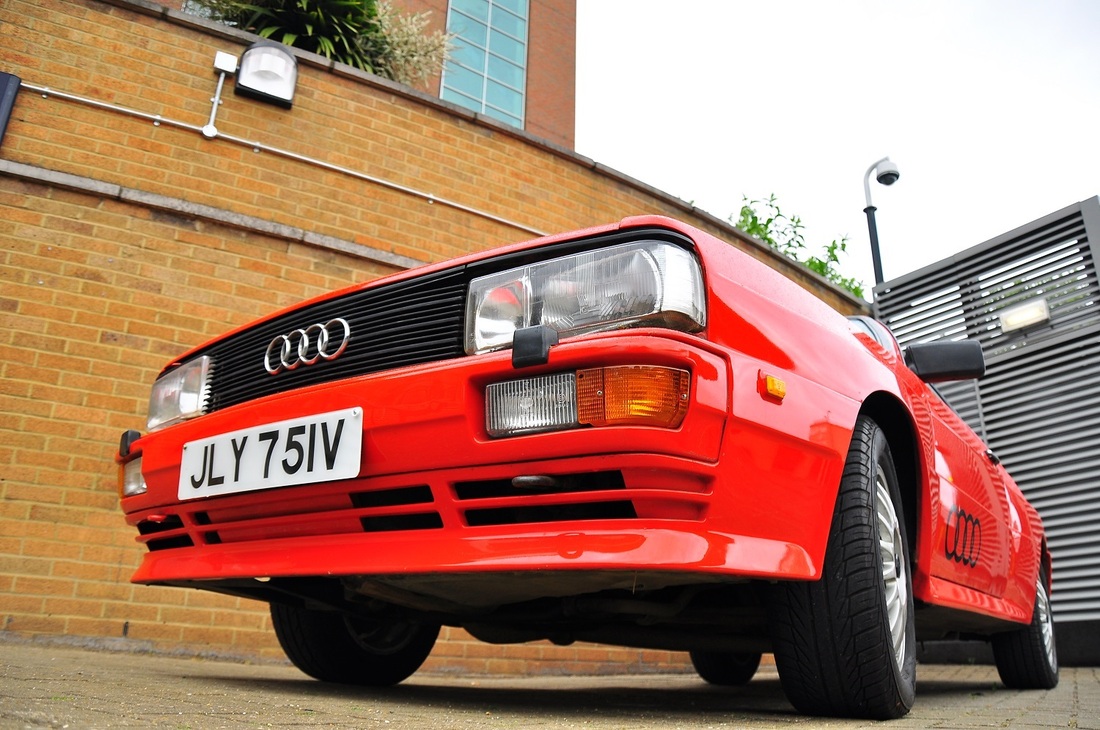
The Audi Quattro was the first rally car to take advantage of the then-recently changed rules which allowed the use of four-wheel drive in competition racing. It won competition after competition for the next two years. To commemorate the success of the original vehicle, all subsequent Audis with their trademark quattro four-wheel-drive system were badged "quattro" with a lower case "q" and in a distinct typeface which has remained nearly unchanged since its inception.
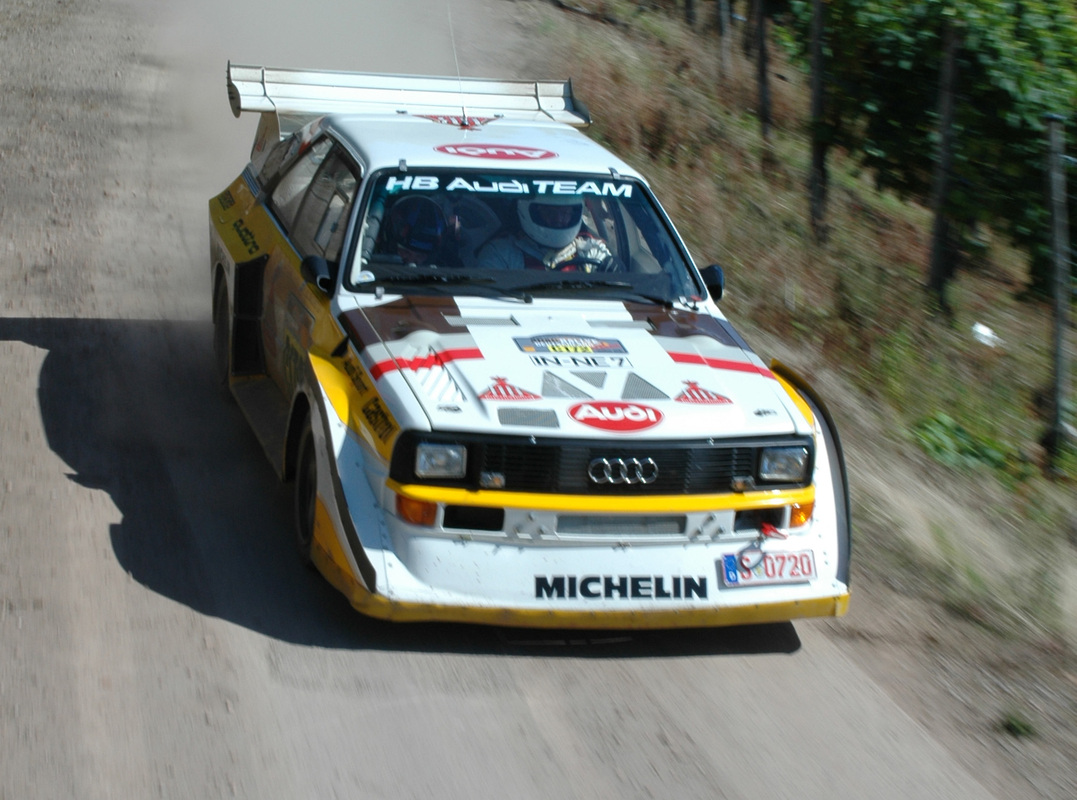
The Audi Quattro shared many parts and core body components with the Coupé version of the Audi 80 (B2) model range. The Quattro was internally designated Typ 85, a production code it shared with the quattro versions of the Audi 80 coupé Audi 80. Its characteristic flared wheelarches were styled by Martin Smith. The Audi Quattro also had independent rear suspension and independent front suspension.
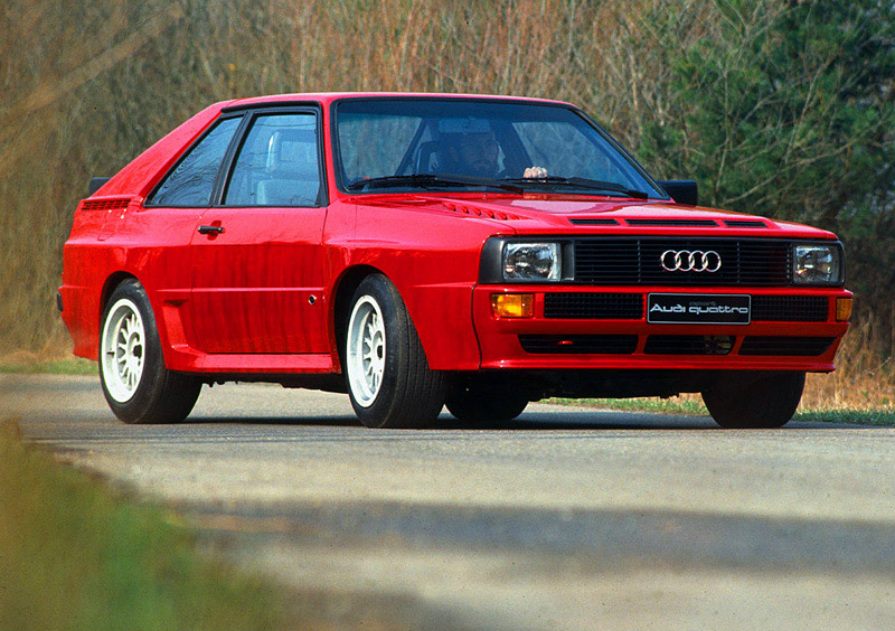
THE PRODUCTION HISTORY:
The idea for a high-performance four-wheel-drive car was proposed by Audi's chassis engineer, Jörg Bensinger, in 1977, when he found that the Volkswagen Iltis could outperform any other vehicle in snow, no matter how powerful. Bensinger's idea was to start developing an Audi 80 variant in co-operation with Walter Treser, Director of Pre-Development.
Audi released the original Quattro to European customers in late 1980, featuring Audi's quattro permanent four-wheel drive system (hence its name), and the first to mate four-wheel drive with a turbocharged engine.
The engine was eventually modified to a 2,226 cc (136 cu in) (2.2 L) inline-5 10 valve, still producing 147 kW (200 PS; 197 bhp), but with peak torque lower in the rev-range. In 1989, it was then changed to a 2,226 cc (136 cu in) inline-5 20v (2.2 L 20v) DOHC setup producing 162 kW (220 PS; 217 bhp), now with a top speed of 230 km/h (143 mph).
Audi Quattros are referred to among owners and enthusiasts by their engine codes, to differentiate between the earlier and later versions: the earliest 2144 cc 10v being the "WR" engine, the 2226 cc 10v being the "MB" engine, and the later 20v being the "RR" engine. Hence, Quattro models may be referred to as either the WR Quattro, MB Quattro, and RR or "20v" Quattro, respectively.
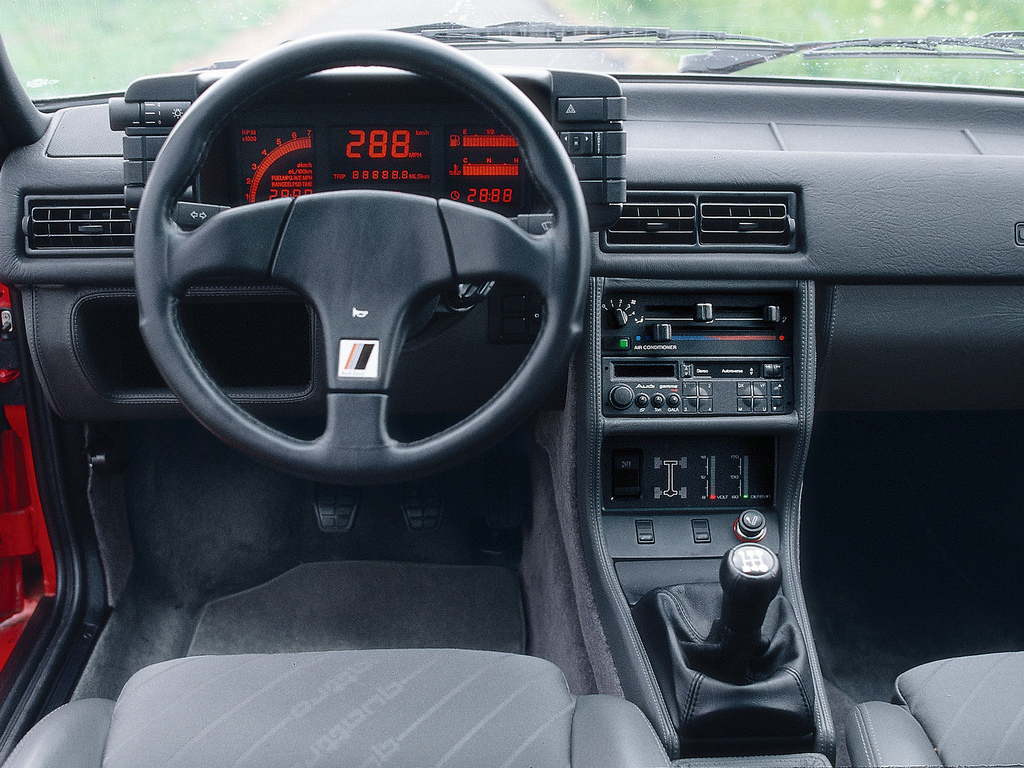
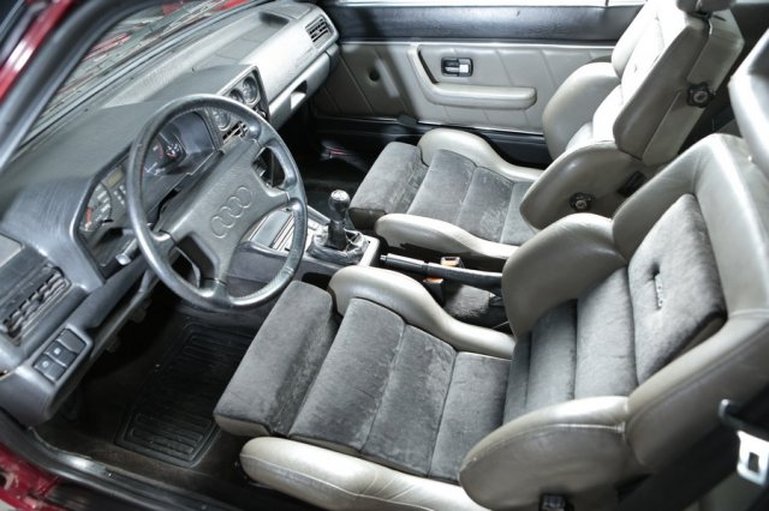
External styling received very little modification during its production run. Originally, the car had a flat fronted grille featuring four separate headlamp lenses, one for each of the low and high beam units. This was altered for the 1983 model year, and replaced with combined units featuring a single lens, but housing twin reflectors. This was changed again, for the 1985 model year, in what has become known as the 'facelift model' and included such alterations as a new sloping front grille, headlights, and trim and badging changes. Max speed was 124 mph. The RR 20v Quattro also featured a new three spoke steering wheel design, leather covering for door arm rests, gloveboxes, centre console and door pockets. There was also a full length leather-wrapped centre console running all the way to the rear seats.
The rear suspension was altered early on with geometry changes and removal of the rear anti-roll bar to reduce a tendency for lift-off oversteer. For the 1984 facelift, the wheel size went from 6x15-inch with 205/60-15 tyres to 8x15-inch wheels with 215/50-15 tyres. At the same time the suspension was lowered 20 mm with slightly stiffer springs for improved handling. For 1987, the Torsen centre differential was used for the first time, replacing the manual centre differential lock.
The last original Audi Quattro was produced on 17 May 1991, more than two years after the first models of the new Audi Coupe range (based on the 1986 Audi 80) had been produced.
WATCH THE quattro PRINCIPLE SINCE 30 YEARS
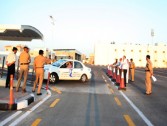
The Q Motor team has included some valuable tips for you which will help you pass your driving...

This guide contains a definition of traffic violations, traffic points system, classification of...
.jpg)
Names are a large and wide world with many meanings. Our awareness of the things around us...
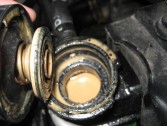
The engine is the most important part of the car at all, and it includes
Comments